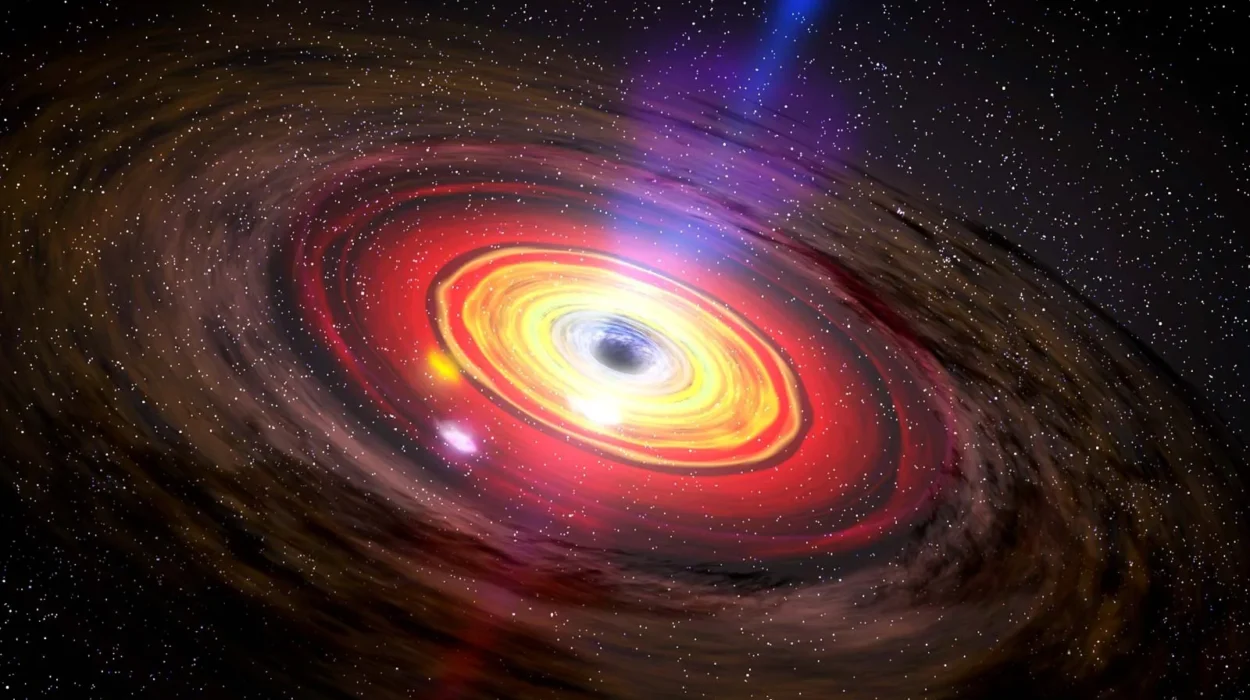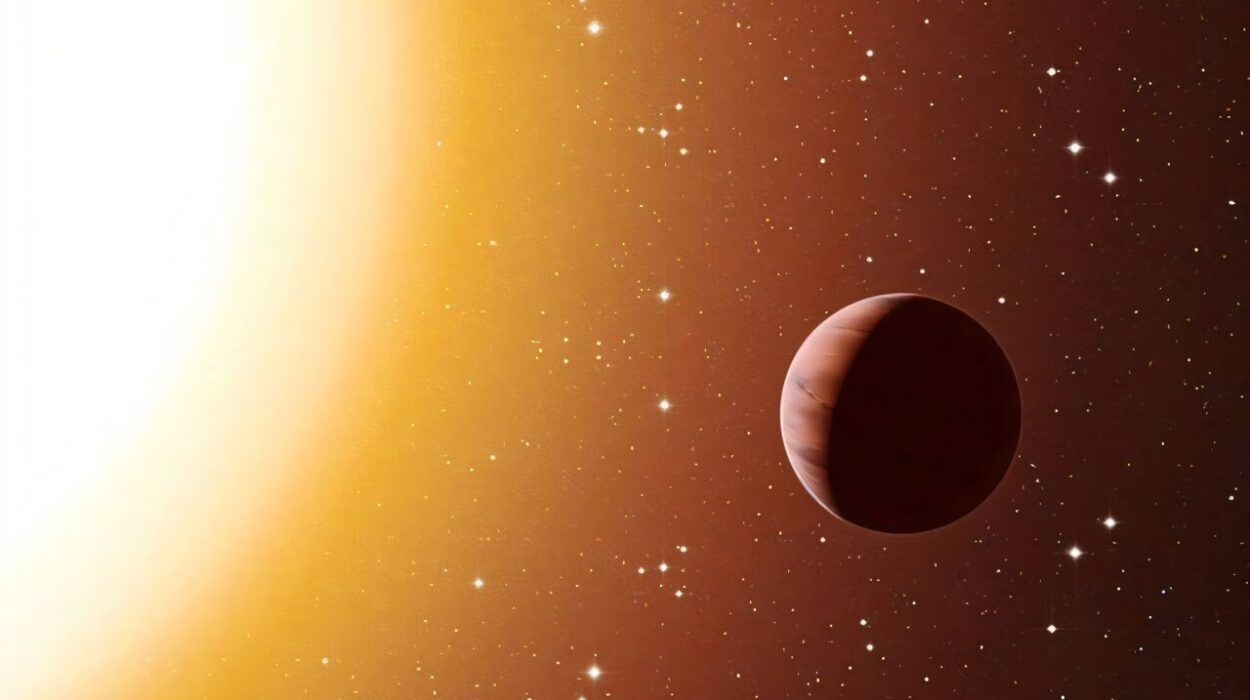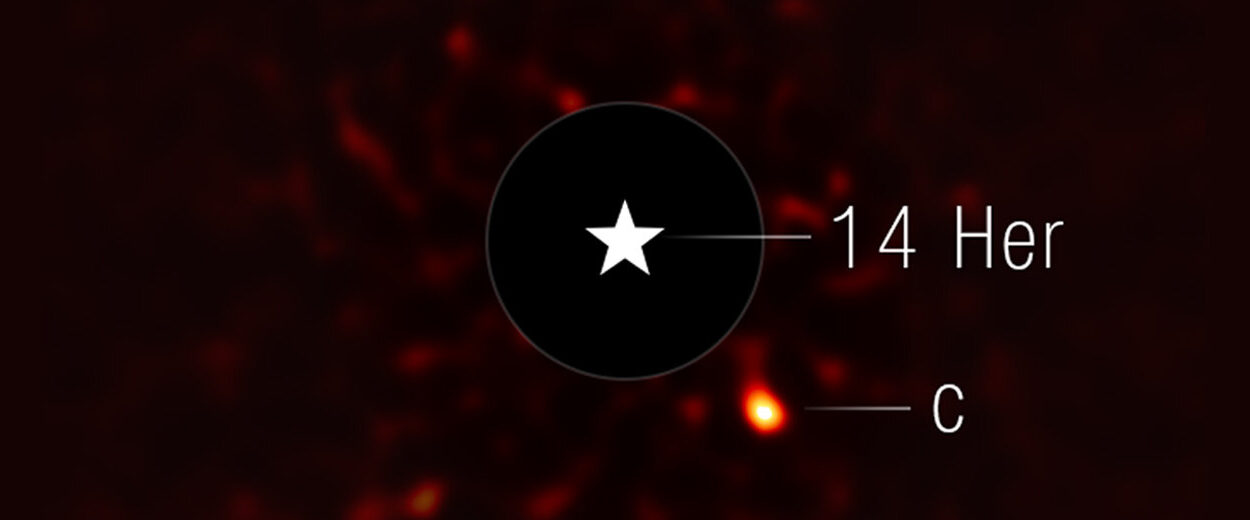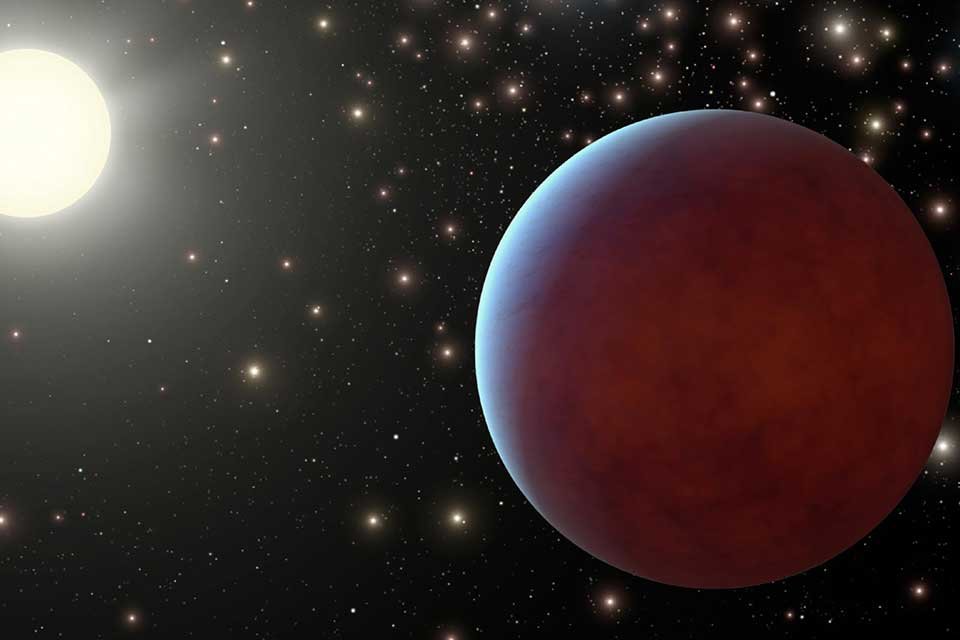A large team of scientists working on the Alpha Magnetic Spectrometer (AMS) Collaboration, which has been analyzing over a decade’s worth of data gathered by the AMS aboard the International Space Station (ISS), has unveiled new trends in the behavior of particles within the heliosphere and their interactions with each other. These groundbreaking discoveries have been documented in two separate papers published in the Physical Review Letters journal, offering new insights into antiproton behavior and elementary particle interactions during a full solar cycle.
A Closer Look at the Solar Cycle and the AMS
The solar cycle, a natural 11-year period during which solar activity fluctuates, affects various space weather phenomena, including the heliospheric magnetic field (HMF) and the behavior of particles within the solar system. The AMS, a state-of-the-art particle physics detector, has been collecting data on the cosmic rays and other particles in space, providing scientists with unique insights into these particle dynamics. Specifically, the AMS measures the energies and masses of the particles it detects, providing a detailed picture of how charged particles from the sun, the planets, and galactic cosmic rays (GCRs) behave as they travel through the heliosphere.
While the AMS has been operational for more than 11 years, the researchers focused on data collected over just one full solar cycle. Their goal was to better understand how changes in solar activity influence the particles in space—specifically, how variations in the heliospheric magnetic field affect the way particles move, interact, and behave over the course of a solar cycle.
How the Solar Cycle Affects Particles
Research has long shown that the strength of the heliospheric magnetic field follows a predictable 11-year cycle, oscillating between solar minimum (when the field is weakest) and solar maximum (when the field is strongest). These fluctuations in the field influence the charged particles moving through the solar system. Some of these particles, such as solar wind particles, emanate from the sun, while others, known as galactic cosmic rays (GCRs), come from sources beyond the solar system.
During periods of heightened solar activity (solar maximum), the stronger heliospheric magnetic field exerts a greater force on these charged particles, which tends to reduce the number of GCRs reaching the inner solar system. Conversely, during periods of solar minimum, when the heliospheric magnetic field weakens, GCRs are able to travel more freely toward Earth.
The AMS plays a pivotal role in this research by measuring the flux of these particles and capturing crucial data on how they interact with each other and with the heliospheric environment. This data collection, carried out over an 11-year solar cycle, has revealed patterns and trends in the behavior of various particles, including antiprotons and cosmic nuclei, as they navigate through the solar system.
Antiproton Behavior and the Heliosphere
One significant aspect of the AMS team’s research focused on the behavior of GCR antiprotons—a rare and important type of antimatter particle that appears as part of the cosmic ray flux. Antiprotons, like other antimatter particles, are highly sensitive to the environment they travel through, including interactions with other particles and forces exerted by the heliospheric magnetic field.
The team observed how the heliospheric magnetic field influenced the behavior of these antiprotons as they journeyed through the solar system. As the strength of the heliospheric magnetic field varied throughout the solar cycle, it had a noticeable impact on how the antiprotons interacted with other particles in space. These interactions could lead to changes in the charge and energy of the particles that collided with the AMS detector. The study of these interactions provides critical insights into the physics of antimatter and its role in the cosmic environment.
This research is essential because antiprotons are exceedingly rare in the universe, and their behavior in the heliosphere is not fully understood. The AMS team’s findings have the potential to improve our understanding of antimatter’s behavior in space and could lead to breakthroughs in particle physics and astrophysics.
Cosmic Nuclei Behavior and Solar Modulation
In another major segment of the study, the researchers focused on the behavior of cosmic nuclei—specifically, elements such as helium (He), beryllium (Be), lithium (Li), boron (B), nitrogen (N), carbon (C), and oxygen (O)—and how their fluxes change over the course of a solar cycle. These cosmic nuclei are primarily part of the galactic cosmic ray flux, originating from beyond the solar system. As such, they are highly influenced by the solar activity cycle.
The study revealed significant time-dependent variations in the fluxes of these cosmic nuclei, with some showing notable changes in amplitude depending on the phase of the solar cycle. The researchers were able to correlate these fluctuations with solar modulation, the process by which the solar wind and heliospheric magnetic field alter the trajectory and intensity of cosmic ray particles. These findings shed light on how solar activity can influence the flux of cosmic nuclei and help researchers better understand the broader dynamics of space weather and cosmic radiation.
The measurements made by the AMS are significant because they not only improve our understanding of the behavior of cosmic nuclei but also offer valuable data for understanding the broader impacts of solar activity on space environments. The ability to track these variations helps scientists predict how solar activity might influence space weather phenomena, which can have practical implications for satellite systems, communications, and even astronauts working aboard the ISS.
Future Implications and Continuing Research
As the AMS continues to collect data, scientists will likely build upon these findings to gain even deeper insights into the relationship between solar activity and cosmic particles. The ongoing analysis of particle behavior in the heliosphere is crucial for improving our understanding of the universe at large. These studies also have potential applications in space weather forecasting, space exploration, and the development of technologies to mitigate the effects of cosmic radiation.
The team’s work also opens the door for further studies on how solar modulation influences other types of particles in space, and the findings could even inform future missions designed to study the outer reaches of the solar system and beyond.
Conclusion
The data collected by the Alpha Magnetic Spectrometer (AMS) aboard the International Space Station has provided valuable insights into the behavior of cosmic particles over the course of a solar cycle. By analyzing how antiprotons and cosmic nuclei behave in response to variations in the heliospheric magnetic field, the researchers have uncovered important trends that enhance our understanding of the fundamental forces at play in space. These findings not only improve our understanding of particle physics and astrophysics but also have significant implications for space weather and the future of space exploration. The AMS collaboration’s work is a testament to the power of long-term scientific research and the potential for space-based observatories to uncover new mysteries about the universe.
References: M. Aguilar et al, Antiprotons and Elementary Particles over a Solar Cycle: Results from the Alpha Magnetic Spectrometer, Physical Review Letters (2025). DOI: 10.1103/PhysRevLett.134.051002
M. Aguilar et al, Solar Modulation of Cosmic Nuclei over a Solar Cycle: Results from the Alpha Magnetic Spectrometer, Physical Review Letters (2025). DOI: 10.1103/PhysRevLett.134.051001






